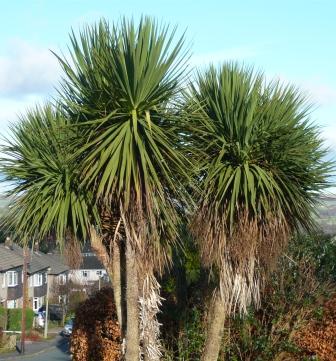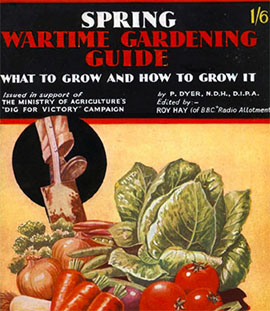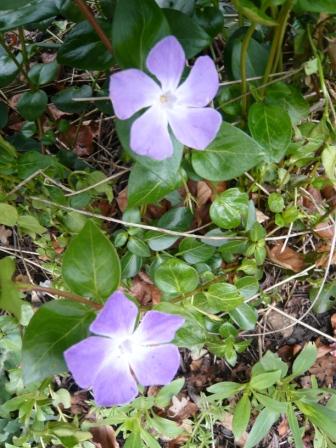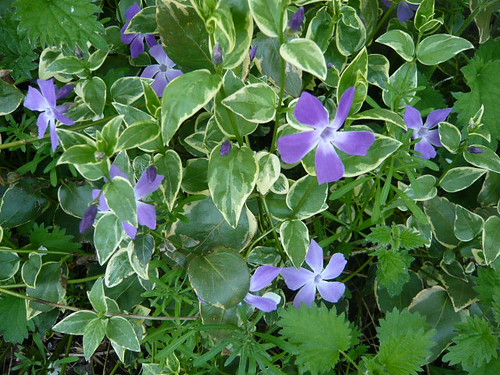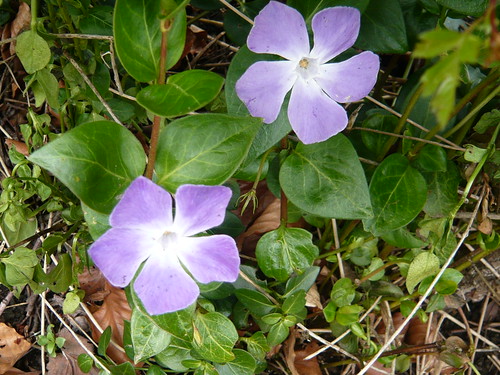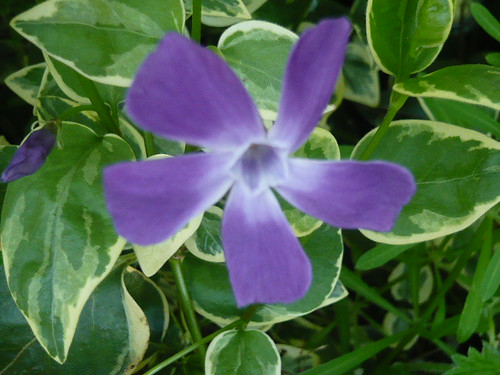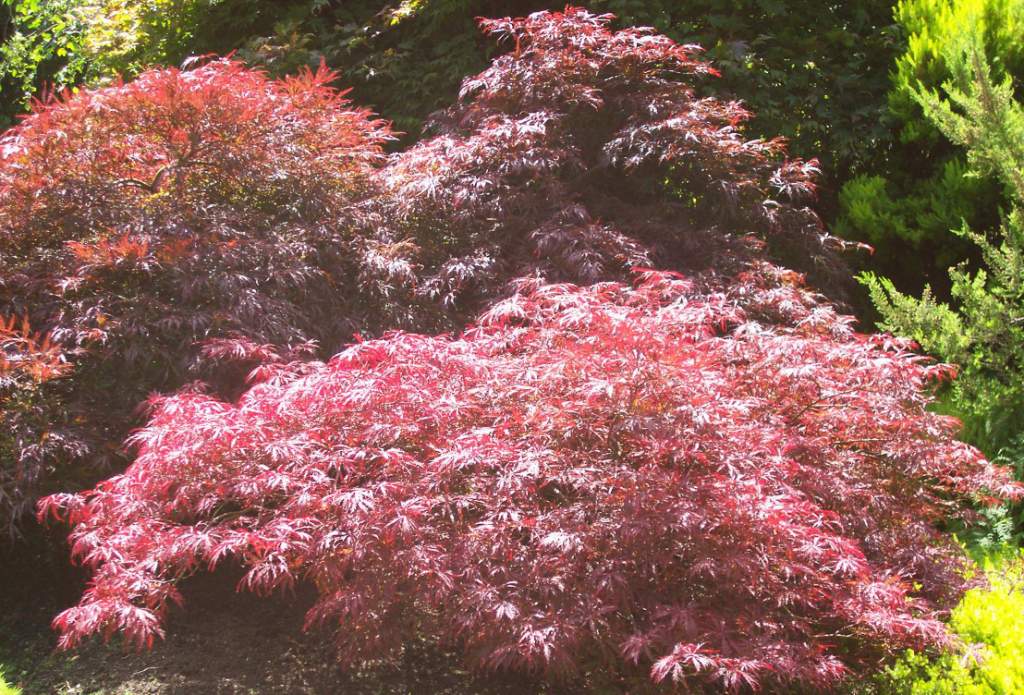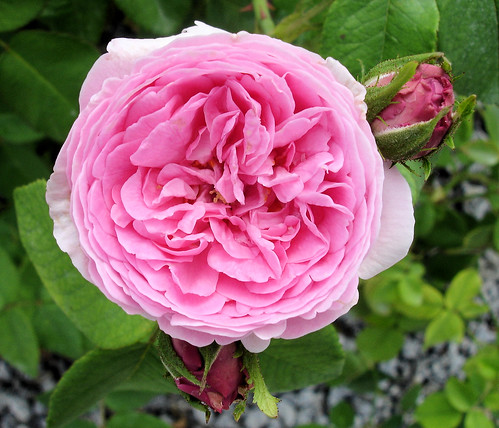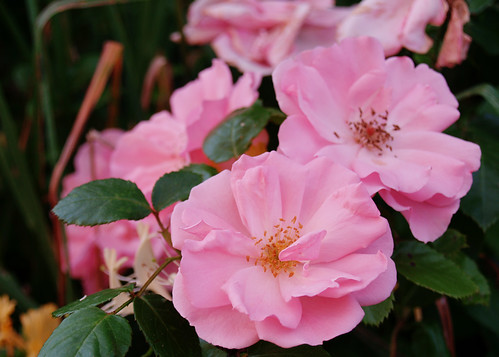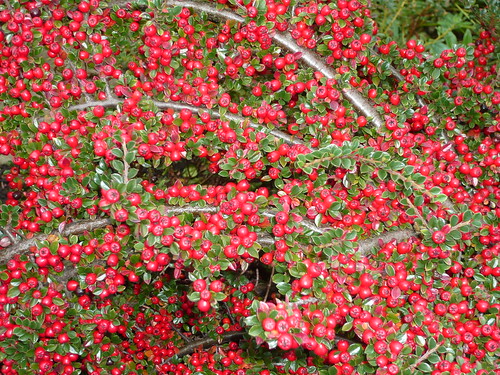Fronds Found in Yorkshire
Is this Maderia or Yorkshire? Are they Palm trees, stonking great Yuccas or something else?
The houses in Menston, Yorkshire with the Wharfedale scene on the horizon gives the game away, it is not a photograph of exotic climes. This just shows what can be achieved in a another English garden. The copper beech hedge, still to show leaf colour, is more normal in these suburban gardens.
Whilst these tree specimen are now about 20 foot tall there are many tropical transplants that have been surviving in our gardens. After a mild winter with little snow or hard frosts it will be interesting to see what damage if any has been done. The worst I have noticed is the bent conifer branches due to snow, poor Camellias and the burnt edges of the young Choysia leaves.
At the moment I can’t do anything about it due to the snow covering that is keeping the tender plants under a blanket sheltered from artic winds.
Roll on late spring when the Yorkshire moors will be covered in heath, heather and ferns.
